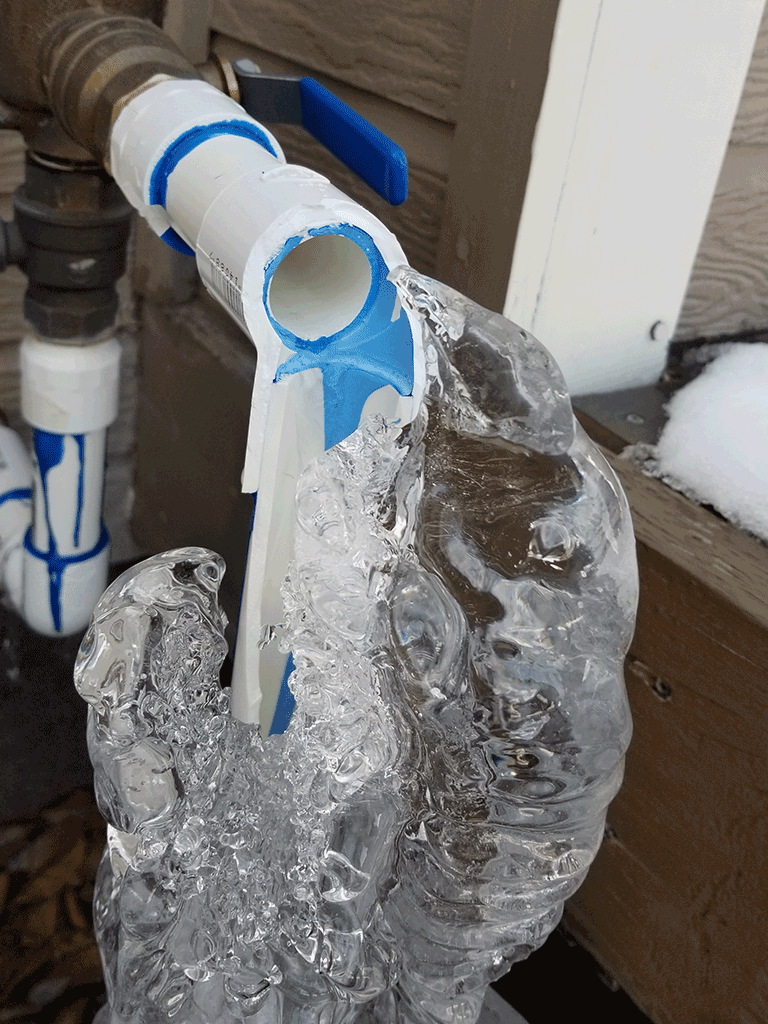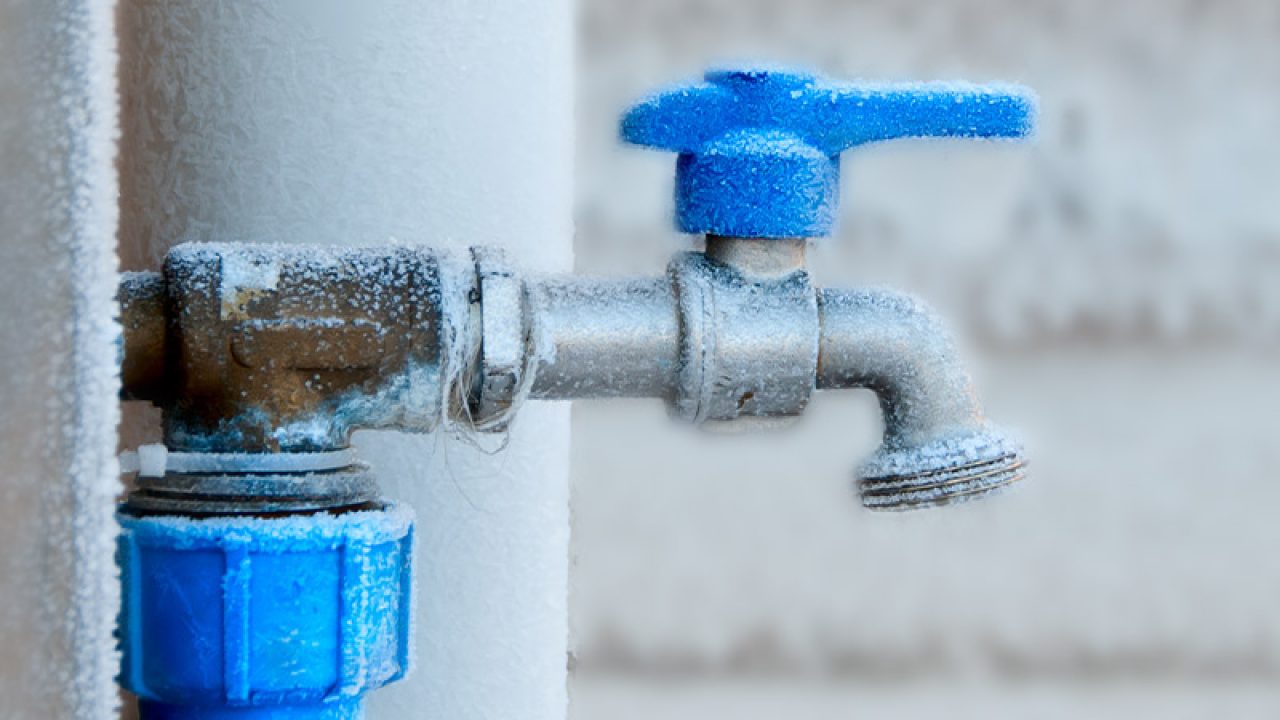Protecting Against Frozen Pipes: Top Methods for Cold Weather
Protecting Against Frozen Pipes: Top Methods for Cold Weather
Blog Article
This great article following next on the subject of Prevent Frozen Pipes is without a doubt informative. Give it a try and draw your own ideas.

Cold weather can wreak havoc on your pipes, especially by freezing pipelines. Right here's how to avoid it from happening and what to do if it does.
Intro
As temperatures decline, the risk of icy pipes boosts, possibly causing pricey repair work and water damages. Comprehending just how to prevent icy pipes is critical for property owners in cold climates.
Understanding Icy Pipelines
What causes pipelines to ice up?
Pipes freeze when revealed to temperatures listed below 32 ° F (0 ° C) for extended durations. As water inside the pipelines freezes, it increases, taxing the pipeline wall surfaces and potentially triggering them to break.
Threats and damages
Frozen pipelines can lead to water system interruptions, building damages, and expensive fixings. Burst pipelines can flooding homes and create comprehensive architectural damages.
Indications of Frozen Piping
Determining frozen pipelines early can prevent them from breaking.
Exactly how to recognize icy pipes
Search for lowered water circulation from taps, uncommon odors or sounds from pipelines, and noticeable frost on exposed pipes.
Avoidance Tips
Shielding at risk pipes
Cover pipes in insulation sleeves or make use of warmth tape to safeguard them from freezing temperatures. Focus on pipelines in unheated or outside locations of the home.
Heating methods
Maintain indoor rooms sufficiently warmed, especially areas with plumbing. Open cupboard doors to enable cozy air to distribute around pipelines under sinks.
Protecting Outdoor Plumbing
Garden hoses and outdoor faucets
Separate and drain pipes yard tubes prior to wintertime. Set up frost-proof spigots or cover outdoor taps with protected caps.
What to Do If Your Pipelines Freeze
Immediate actions to take
If you suspect icy pipes, maintain taps open up to soothe stress as the ice thaws. Make use of a hairdryer or towels soaked in hot water to thaw pipelines slowly.
Long-Term Solutions
Architectural modifications
Consider rerouting pipelines far from outside walls or unheated locations. Add extra insulation to attics, cellars, and crawl spaces.
Updating insulation
Buy high-quality insulation for pipelines, attics, and wall surfaces. Proper insulation assists maintain constant temperature levels and decreases the threat of frozen pipelines.
Conclusion
Stopping icy pipes needs aggressive measures and quick actions. By understanding the causes, indications, and safety nets, homeowners can safeguard their pipes throughout winter.
5 Ways to Prevent Frozen Pipes
Drain Outdoor Faucets and Disconnect Hoses
First, close the shut-off valve that controls the flow of water in the pipe to your outdoor faucet. Then, head outside to disconnect and drain your hose and open the outdoor faucet to allow the water to completely drain out of the line. Turn off the faucet when done. Finally, head back to the shut-off valve and drain the remaining water inside the pipe into a bucket or container. Additionally, if you have a home irrigation system, you should consider hiring an expert to clear the system of water each year.
Insulate Pipes
One of the best and most cost-effective methods for preventing frozen water pipes is to wrap your pipes with insulation. This is especially important for areas in your home that aren’t exposed to heat, such as an attic. We suggest using foam sleeves, which can typically be found at your local hardware store.
Keep Heat Running at 65
Your pipes are located inside your walls, and the temperature there is much colder than the rest of the house. To prevent your pipes from freezing, The Insurance Information Institute suggests that you keep your home heated to at least 65 degrees, even when traveling. You may want to invest in smart devices that can keep an eye on the temperature in your home while you’re away.
Leave Water Dripping
Moving water — even a small trickle — can prevent ice from forming inside your pipes. When freezing temps are imminent, start a drip of water from all faucets that serve exposed pipes. Leaving a few faucets running will also help relieve pressure inside the pipes and help prevent a rupture if the water inside freezes.
Open Cupboard Doors
Warm your kitchen and bathroom pipes by opening cupboards and vanities. You should also leave your interior doors ajar to help warm air circulate evenly throughout your home.

Do you enjoy more info about How to Prevent Your Pipes From Freezing? Write feedback down the page. We'd be pleased to listen to your insights about this page. We hope that you visit us again in the near future. Kindly set aside a second to promote this page if you appreciated it. I praise you for your time. Don't forget to come visit our website back soon.
Quote Report this page